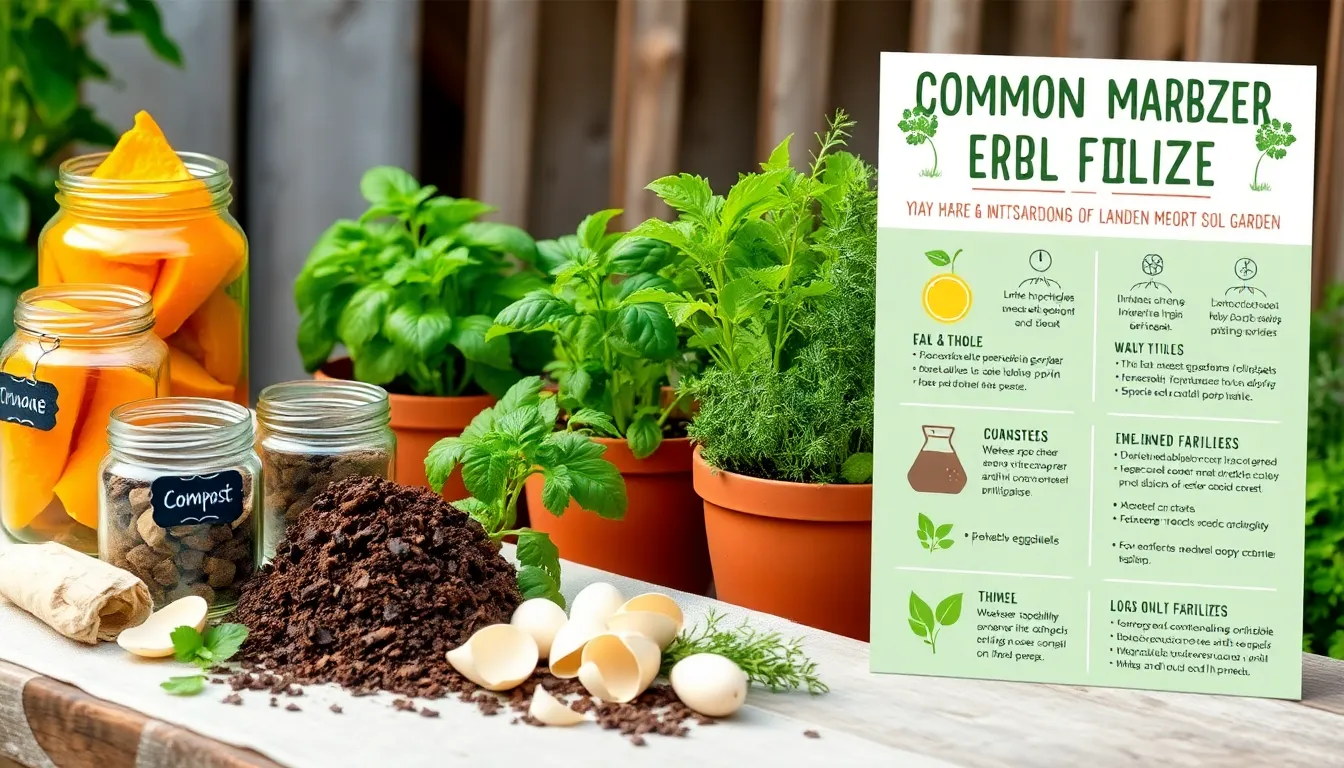Embarking on the journey of creating your own organic fertilizer can feel like a rewarding step toward a more sustainable and flourishing garden. Whether you’re a first-time gardener eager to nourish your plants naturally or a seasoned green thumb looking to refine your techniques, understanding the nuances of organic fertilizer is crucial to cultivating a thriving ecosystem in your backyard.
In the world of organic gardening, even the most avid enthusiasts can stumble upon pitfalls that can hinder plant health and growth. In this article, we’ll explore some common missteps you might encounter when making organic fertilizer and offer practical solutions to steer you back on the right path. By the end, you’ll feel empowered with the knowledge to transform your kitchen scraps and garden waste into nutrient-rich treasures that your plants will love.
Improper Ingredient Ratios
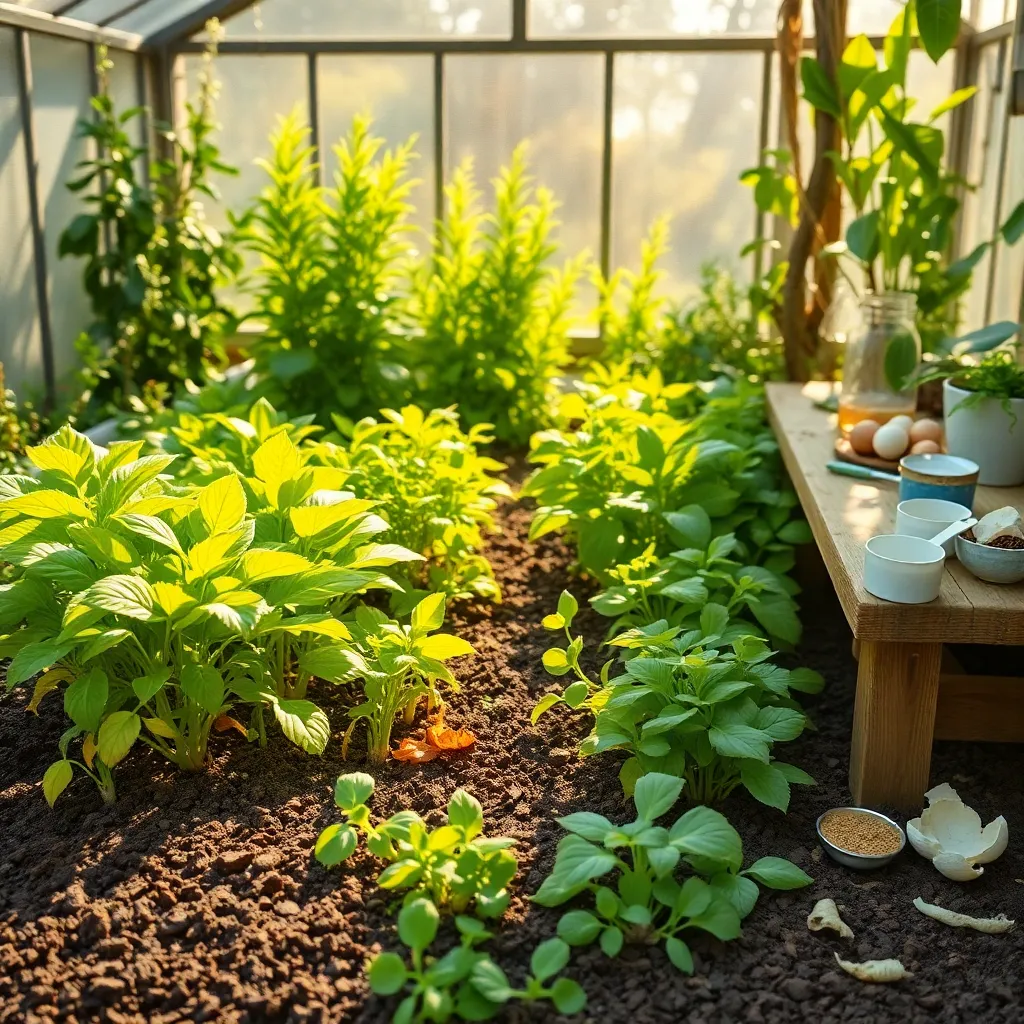
When making organic fertilizer, achieving the right balance of ingredients is crucial for plant health. Using improper ingredient ratios can lead to nutrient imbalances that may harm your plants.
For a well-rounded fertilizer, aim for a mix that includes substantial amounts of nitrogen, phosphorus, and potassium. These nutrients are vital for plant growth, and a good rule of thumb is to maintain a 3:1:2 ratio of these elements, respectively.
Beginners often overlook the importance of carbon and nitrogen balance in their compost. Aiming for a carbon-to-nitrogen ratio of about 30:1 helps create an environment where microorganisms can thrive and break down organic matter efficiently.
More advanced gardeners might incorporate additional elements like calcium and magnesium, which are crucial for specific plants such as tomatoes and peppers. Consider adding crushed eggshells or Epsom salts to your mix to ensure these nutrients are available for your plants.
Neglecting Composting Time
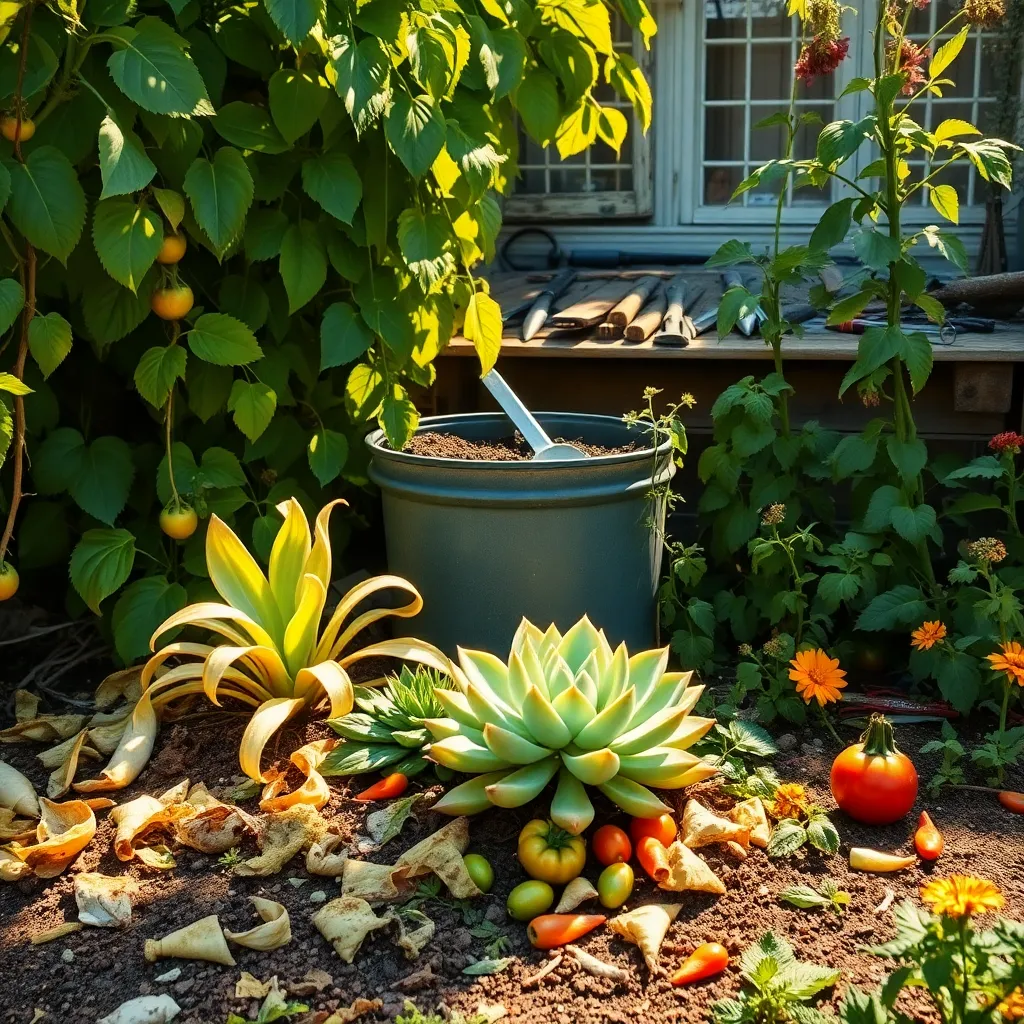
Many gardeners underestimate the importance of composting time, rushing the process and expecting immediate results. Patience is crucial when it comes to organic fertilizer, as composting can take several weeks to months depending on the materials used and the conditions provided.
To ensure your compost is ready to use, regularly turn the pile to introduce oxygen, which speeds up decomposition. Aim for a balanced moisture level—your compost should be as damp as a wrung-out sponge to foster microbial activity without becoming waterlogged.
Temperature plays a pivotal role in effective composting. If you notice a lack of heat in the center of your pile, consider adding more green materials like grass clippings or kitchen scraps to boost nitrogen levels, which generate heat.
For those with more experience, using a compost thermometer can help monitor the internal temperature, ensuring it stays between 135°F and 160°F for optimal decomposition. By maintaining this temperature range, you can reduce the risk of pathogens and weed seeds surviving in your compost.
Overlooking pH Balance
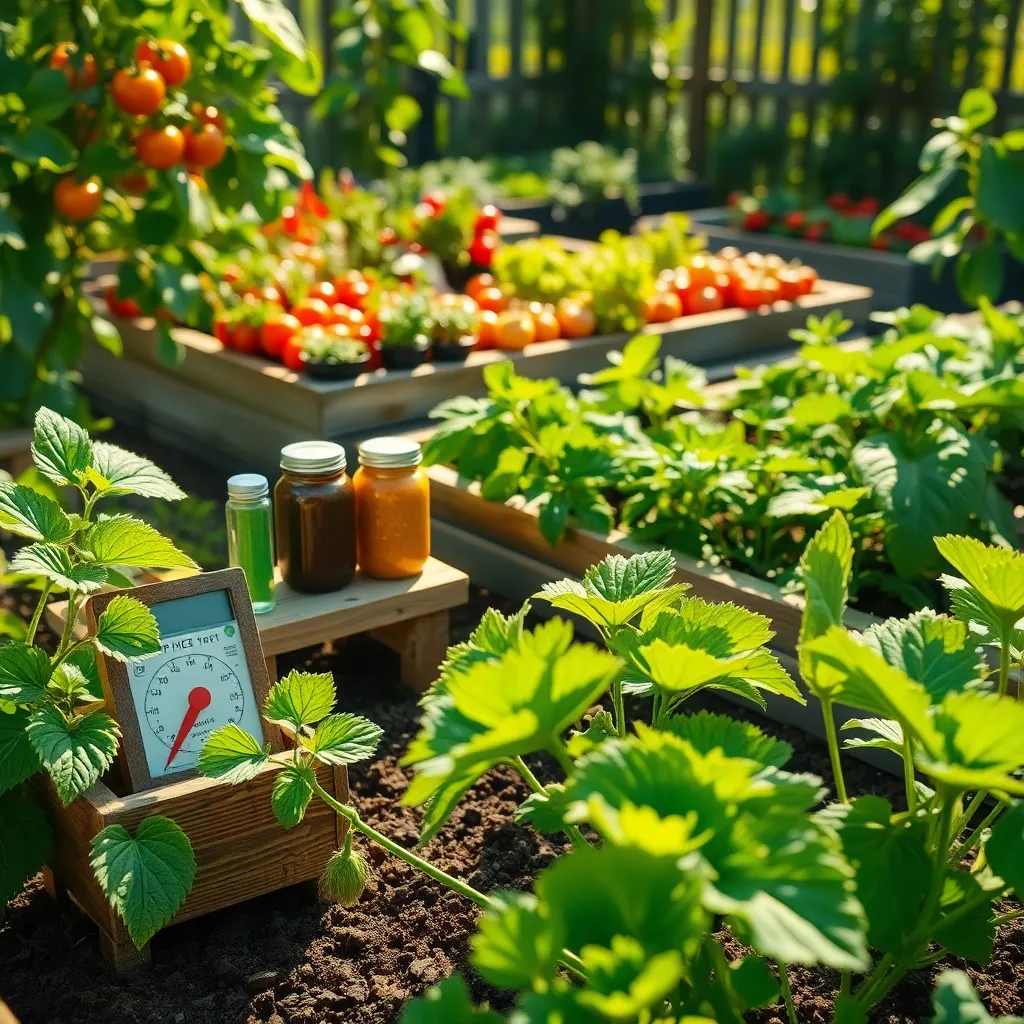
When making organic fertilizer, overlooking the pH balance can significantly impact plant health. Many gardeners forget that the effectiveness of nutrients is closely tied to the soil’s pH level, influencing how well plants can absorb them.
To ensure your plants thrive, it’s crucial to test your soil’s pH before applying any homemade fertilizer. You can purchase an affordable soil pH test kit from a garden center, which will help you determine if your soil is too acidic or too alkaline for your plants.
For most plants, a pH range of 6 to 7.5 is ideal, allowing them to absorb nutrients efficiently. If your soil is too acidic, consider adding lime, while sulfur can help if your soil is too alkaline.
Adjusting the pH can sometimes be a gradual process, requiring patience and regular testing. Applying organic materials like compost or well-rotted manure can also naturally help balance pH over time, providing a sustainable solution.
Inadequate Aeration Techniques
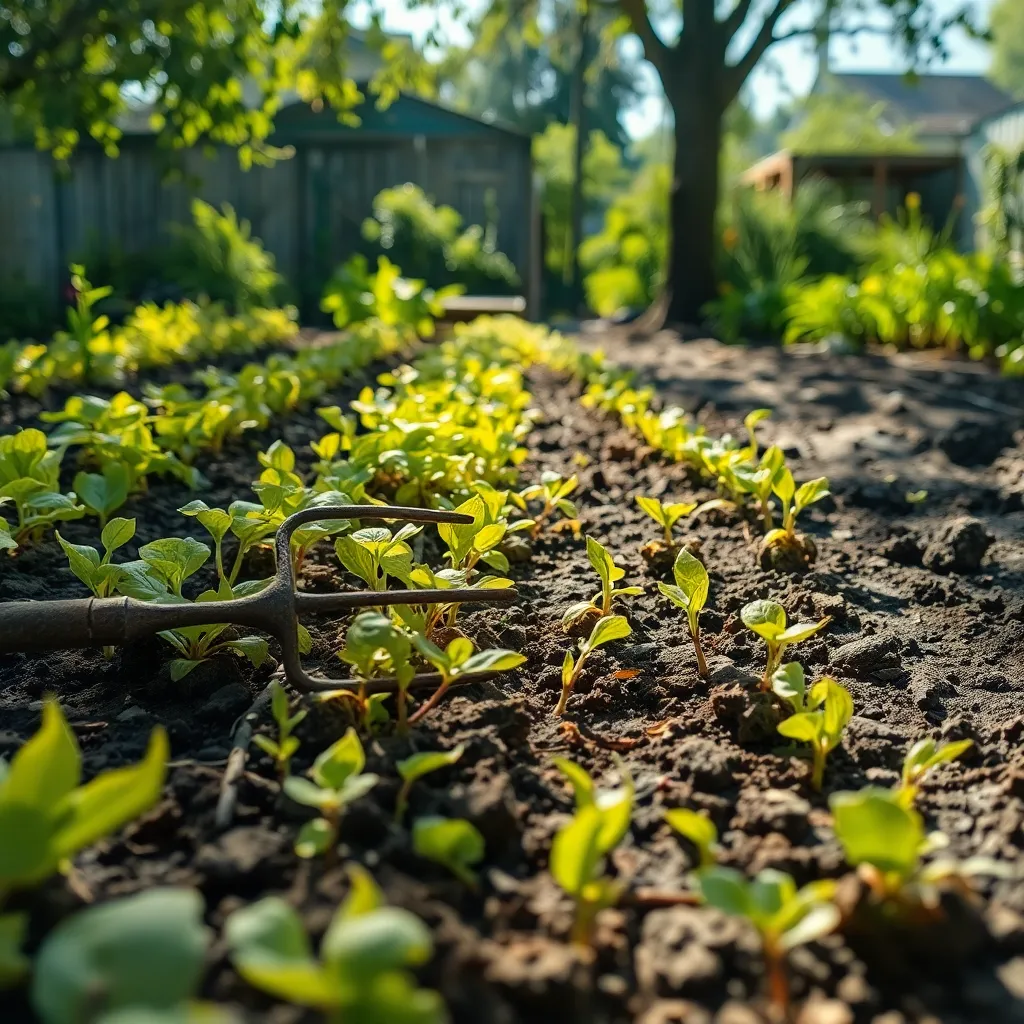
Proper aeration is crucial when making organic fertilizer, as it ensures that the composting materials break down efficiently. Without adequate aeration, your compost pile can become anaerobic, leading to unpleasant odors and slower decomposition.
Turning your compost regularly is a simple yet effective way to enhance aeration. Aim to turn the pile every 1-2 weeks with a garden fork, ensuring that the inner materials are exposed to oxygen.
Another method to improve aeration is by incorporating materials that naturally enhance airflow, such as straw or small twigs. These materials help create pockets of air within the compost, promoting faster breakdown and reducing the risk of foul smells.
For those with larger compost piles, consider installing a perforated PVC pipe through the center. This technique allows air to circulate from the bottom to the top, significantly improving aeration without the need for frequent turning.
Ignoring Moisture Levels
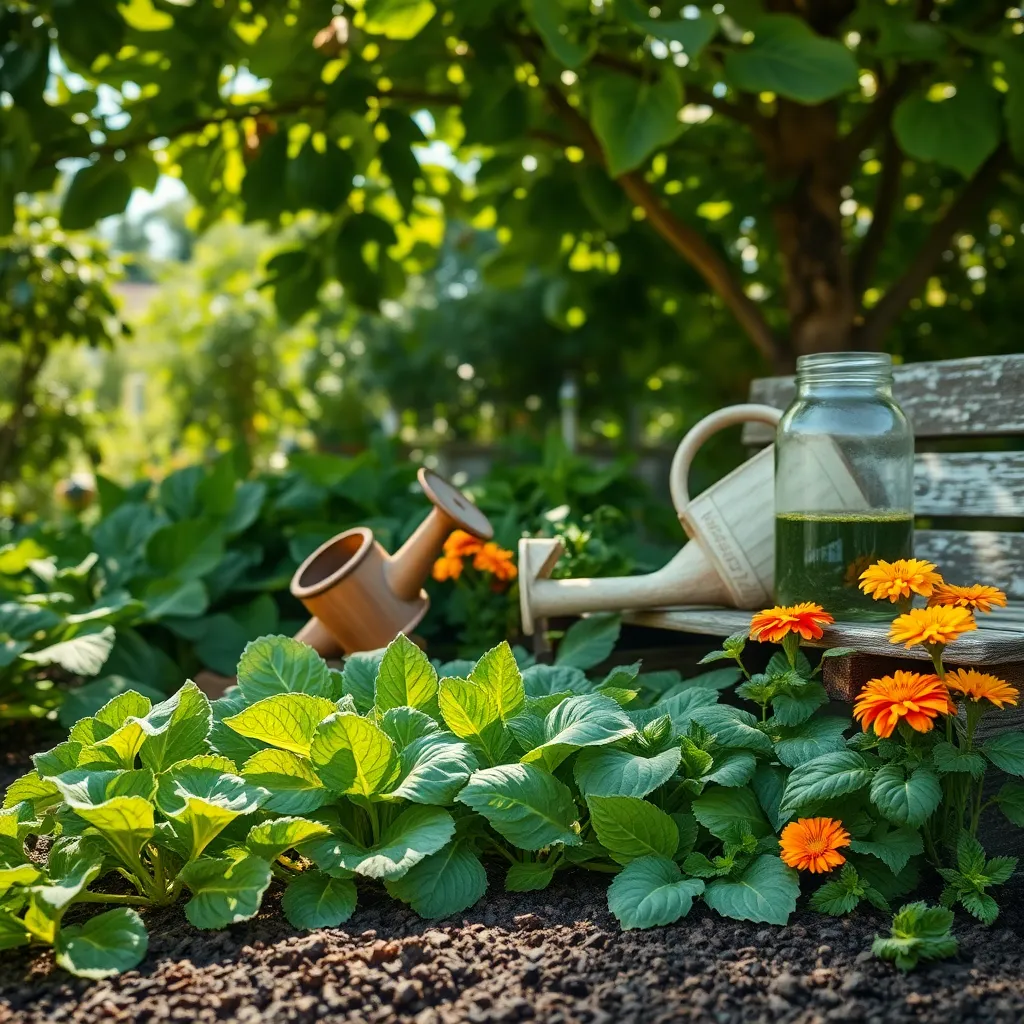
One common mistake when making organic fertilizer is ignoring moisture levels in your compost pile. Maintaining the right moisture balance is crucial for the decomposition process, as too little moisture can slow down microbial activity, while too much can lead to a soggy, anaerobic mess.
It’s important to monitor the moisture by performing a simple squeeze test. Grab a handful of compost and squeeze it; it should feel like a damp sponge, releasing a few drops of water but not dripping.
To achieve the ideal moisture level, consider the materials you add to your compost. Adding dry materials such as straw or shredded newspaper can help absorb excess moisture, while green materials like grass clippings or kitchen scraps can increase it.
Experienced gardeners know that regular turning of the compost can also help distribute moisture evenly. This practice not only aerates the pile but also ensures that the materials break down uniformly.
For those in dry climates, covering your compost with a tarp or a lid can help retain moisture. Conversely, if you live in a region with heavy rainfall, ensure your compost bin has good drainage to prevent waterlogging.
Conclusion: Growing Success with These Plants
In exploring the common mistakes made in crafting organic fertilizer, we’ve unearthed key relationship insights that can enrich your personal connections. First, just as with fertilizer, relationships thrive on balance—nurture your bond with equal parts give and take. Second, communication is the cornerstone; much like understanding soil needs, knowing your partner’s needs is essential. Third, patience is crucial; just as compost takes time to mature, so too do deep, meaningful relationships. Fourth, adaptability is an asset; just as you adjust your compost mix, be ready to adapt to changes in your relationship. Lastly, consistency in effort mirrors the regular care required for a thriving garden.
As an actionable step, take a moment today to openly communicate with your partner about how you can better support each other’s growth. This simple act can strengthen your bond and set the stage for a flourishing relationship.
Be sure to save or bookmark this article as a handy reference to continually nurture and improve your relationships. Remember, the seeds of today’s efforts in your relationships will blossom into tomorrow’s success. Embrace these insights with warmth and watch your connections grow stronger each day.

